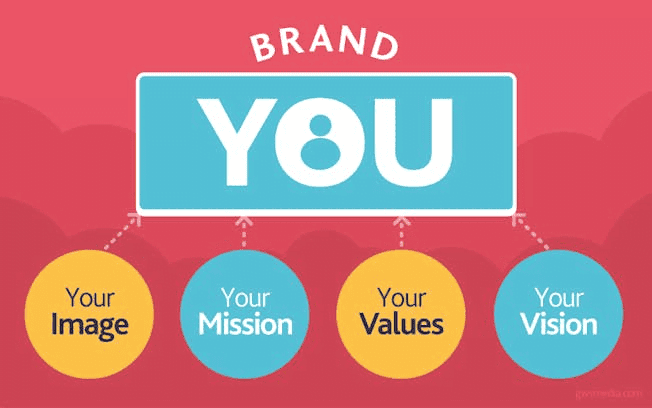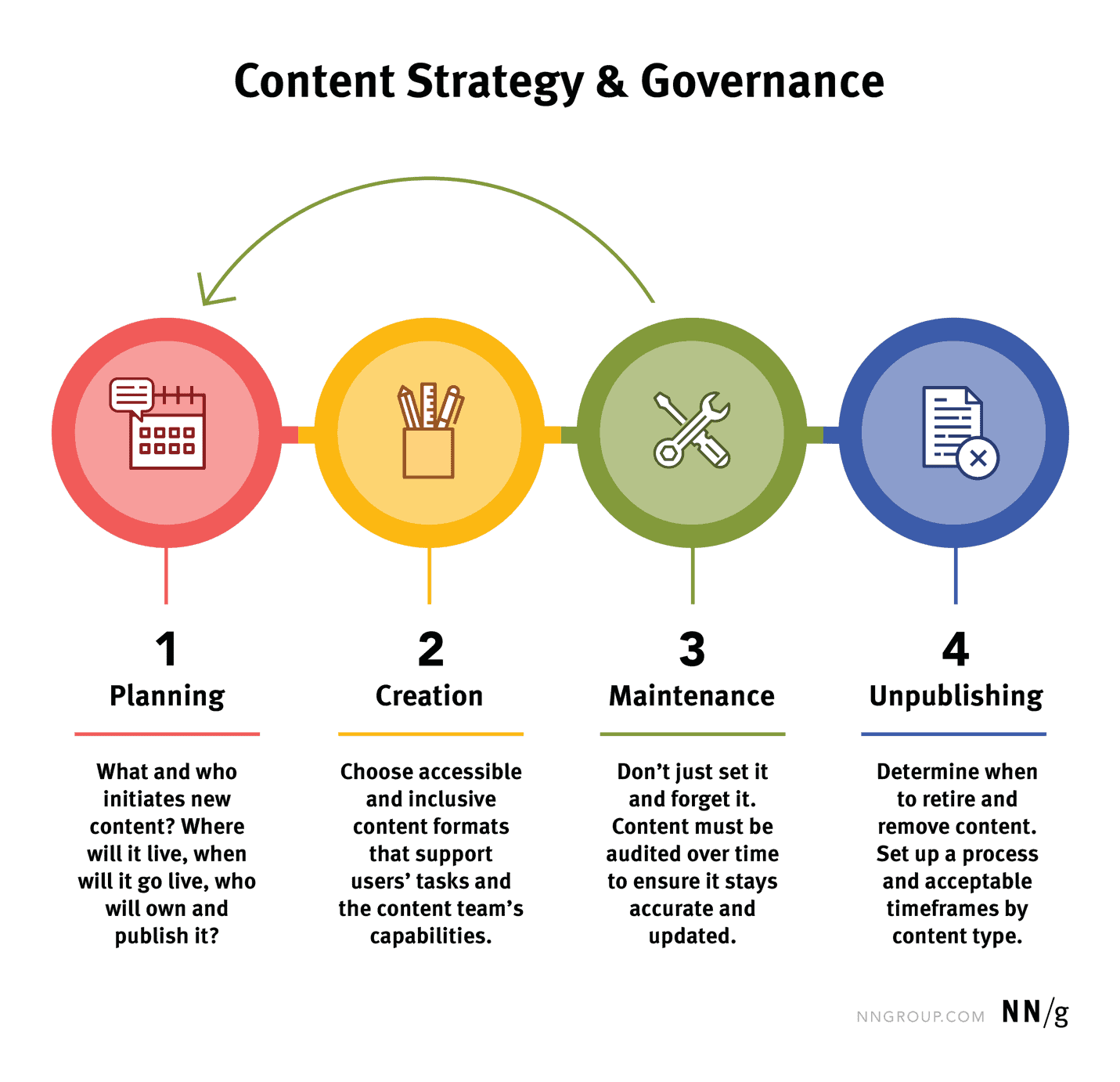In today’s digital age, personal branding has become an essential aspect of professional and personal success. A strong personal brand allows individuals to differentiate themselves in a crowded market, showcase their unique strengths, and establish a reputation that aligns with their goals and values.

Social media, with its vast reach and interactive nature, plays a pivotal role in shaping and promoting personal brands. It offers a dynamic platform where individuals can share their stories, engage with their audience, and build a community around their brand.
However, building a personal brand on social media requires more than just sporadic posts and occasional interactions. It involves a strategic approach, from identifying your unique value proposition to creating consistent and engaging content, and actively engaging with your audience.
By understanding the nuances of each social media platform and leveraging analytics to refine your strategy, you can effectively cultivate a personal brand that resonates with your target audience and stands the test of time.
This guide will walk you through the essential steps to building a robust personal brand on social media, providing practical tips and insights to help you navigate the journey with confidence and authenticity.
Identifying Your Brand
Identifying your brand is the foundational step in building a personal brand on social media. It starts with a deep self-assessment to understand your strengths, passions, and areas of expertise.
“Reflect on what makes you unique and what you are truly passionate about. This self-awareness will help you define a unique value proposition (UVP) that clearly communicates what you offer that others don’t. Your UVP should encapsulate your core message and the value you bring to your audience,” says Brian Lim, CEO of iHeartRaves & INTO THE AM
Next, set clear and specific goals for your personal brand. Are you looking to become a thought leader in your industry, attract new clients, or build a community around a shared interest? Having well-defined goals will guide your branding strategy and content creation.
Understanding your target audience is equally critical. Who are they, what are their interests, and what problems are they seeking to solve? Creating detailed audience personas can help you tailor your content to meet their needs and preferences.
Finally, research and analyze the competition. Identify the strengths and weaknesses of similar personal brands to find gaps and opportunities that you can leverage. By thoroughly understanding yourself, your goals, and your audience, you can lay a strong foundation for a compelling and authentic personal brand on social media.
Creating a Consistent Brand Identity
Creating a consistent brand identity is fundamental to establishing a recognizable and trustworthy personal brand on social media. It starts with developing a cohesive visual and verbal style that accurately reflects your personality and professional values.

Begin by crafting a memorable brand name and a concise, impactful tagline that encapsulates your unique value proposition. Design a professional logo and choose a color palette that resonates with your brand’s tone and message, ensuring these elements are consistently used across all your social media platforms.
Your profile picture should be a high-quality, professional image that conveys approachability and confidence, while your cover photo can visually represent your brand’s mission or highlight key aspects of your work. If you don’t have the tools or equipment, look to AI tools like HeyGen to create digital avatars with AI.
Writing a clear and engaging bio is equally important; it should succinctly describe who you are, what you do, and what makes you unique, tailored to fit the nuances of each platform while maintaining a consistent core message.
Consistency extends beyond visuals and bios to your content and communication style. Develop a distinct voice that aligns with your brand identity, whether it’s professional, casual, inspirational, or authoritative.
Ensure this voice is reflected in all your posts, captions, and interactions. By maintaining uniformity in these elements, you build a cohesive brand identity that fosters trust and recognition among your audience, making your personal brand memorable and influential.
For example, Envato’s recent rebrand involved a fresh visual identity and a renewed focus on its core values, demonstrating how a well-executed rebrand can strengthen a company’s presence and resonate with its audience.
Choosing the Right Platforms
Choosing the right platforms is a critical step in building a successful personal brand on social media. Each social media platform has its unique strengths, user demographics, and content formats, making it essential to align your brand goals and target audience with the most suitable platforms.
For instance, LinkedIn is ideal for professionals looking to network, share industry insights, and establish thought leadership. It caters to a professional audience, making it perfect for B2B interactions and career growth.
Instagram, on the other hand, is highly visual and attracts a younger demographic, making it suitable for brands that can leverage strong imagery and visual storytelling. Instagram Stories and Reels also offer dynamic ways to engage with followers through short, engaging content.
Twitter excels in real-time updates and discussions, making it a great platform for sharing quick thoughts, engaging in industry conversations, and staying updated with the latest trends. YouTube is the go-to platform for long-form video content, tutorials, and vlogs, offering the potential to build a loyal subscriber base through consistent and valuable video content.
TikTok, known for its short, viral videos, is excellent for reaching a younger audience with creative and engaging content. Facebook remains a versatile platform with a broad user base, suitable for building community groups and sharing a mix of content types.
Understanding the unique features and audience of each platform enables you to focus your efforts where they will have the most impact, ensuring your content resonates and engages effectively.
Content Strategy
A well-defined content strategy is the backbone of any successful personal brand on social media. It involves planning, creating, and distributing content that aligns with your brand’s values and resonates with your target audience.
Start by identifying the types of content that best showcase your expertise and engage your audience. This could include blog posts, videos, podcasts, infographics, and more. Each format serves a different purpose and can be used to diversify your content offerings.
Creating a content calendar is essential for maintaining consistency and ensuring that you’re regularly posting high-quality content. A balanced content mix should include educational pieces that provide value and insights, inspirational content that motivates and connects with your audience on an emotional level, and promotional posts that highlight your services or products without appearing overly self-promotional.
Incorporating storytelling into your content strategy is a powerful way to make your brand relatable and memorable. Share personal anecdotes, case studies, and real-life examples that illustrate your journey and expertise. Additionally, staying current with trends and leveraging timely events can boost your visibility and relevance.
Engagement is key—respond to comments, participate in discussions, and show appreciation for your followers. By actively interacting with your audience, you build a community around your brand, fostering loyalty and trust.
A strategic, well-executed content plan not only elevates your brand but also drives sustained growth and engagement on social media.

Building and Engaging Your Audience
Building and engaging your audience is a cornerstone of successful personal branding on social media. Start by developing strategies to grow your following organically.
This involves creating high-quality, valuable content that resonates with your target audience, optimizing your profiles for searchability, and actively participating in relevant communities. Consistency in posting and maintaining an authentic voice helps attract and retain followers who are genuinely interested in your message.
Engagement is key to transforming followers into a loyal community. Respond promptly and thoughtfully to comments, messages, and mentions to show that you value your audience’s input.
This two-way interaction fosters trust and loyalty. Hosting live sessions, Q&A segments, and interactive polls can further deepen engagement by making your followers feel involved and heard.
Building a community also involves leveraging collaborations and partnerships with other influencers and brands. These collaborations can introduce your brand to new audiences and add credibility to your profile.
Moreover, personalization in your interactions can significantly enhance engagement. Address your followers by their names, acknowledge their contributions, and make them feel seen and appreciated.
By nurturing these relationships and consistently delivering value, you create a dedicated and engaged audience that supports and amplifies your personal brand.
Leveraging Analytics and Feedback
Leveraging analytics and feedback is a critical component of building and sustaining a successful personal brand on social media. Analytics provide invaluable insights into how your content is performing, enabling you to understand what resonates with your audience and what doesn’t.
Key metrics to monitor include engagement rates, follower growth, reach, impressions, and click-through rates. These metrics help you gauge the effectiveness of your posts, identify trends, and refine your content strategy to better align with your audience’s preferences.
Utilising AI tools like Google Analytics, social media platform insights (such as Facebook Insights, Instagram Insights, and Twitter Analytics), and specialized software like Hootsuite, Sotrender, or Sprout Social can streamline this process. These tools offer detailed reports and visualizations that make it easier to interpret data and make informed decisions.

Feedback from your audience, whether positive or negative, is equally important. Engaging with comments, direct messages, and mentions not only fosters a sense of community but also provides direct insights into your audience’s needs and perceptions. Constructive criticism can highlight areas for improvement, while positive feedback reinforces what you’re doing right.
By combining analytics and audience feedback, you can continuously optimize your content, enhance your engagement strategies, and ensure your personal brand remains relevant and impactful in the dynamic social media landscape.
Personal Brand Maintenance and Evolution
Personal brand maintenance and evolution are critical aspects of sustaining relevance and effectiveness in the dynamic realm of social media. Maintaining your personal brand involves consistently nurturing your online presence to align with your core values, professional goals, and audience expectations.
This includes regularly updating your profiles with current information, refreshing content to reflect your evolving expertise, and engaging authentically with your tools followers through responses and interactions. Monitoring analytics and feedback is essential to gauge the impact of your efforts and make informed adjustments to your strategy.
Evolution, on the other hand, entails adapting to changes in your industry, audience preferences, and social media trends. It requires a willingness to innovate, experiment with new content formats, and explore emerging platforms where your target audience may be migrating.
Staying abreast of technological advancements and cultural shifts ensures your brand remains relevant and resonant over time. Moreover, evolving your personal brand involves ongoing self-assessment and skill development to maintain your competitive edge and expand your influence in your niche.
By balancing maintenance with evolution, you can cultivate a robust personal brand that not only withstands the test of time but also thrives amidst the ever-evolving digital landscape.
Case Studies and Examples
“Case Studies and Examples” in the context of building a personal brand on social media serve as invaluable learning tools and inspiration. They provide concrete examples of successful strategies and tactics that individuals have employed to effectively establish and grow their personal brands.
By analyzing these case studies, aspiring personal brand builders can gain insights into what works, understand common pitfalls to avoid, and adapt proven methods to their own unique circumstances.
These case studies often highlight individuals who have effectively leveraged specific platforms like Instagram, LinkedIn, or YouTube to build a strong following and influence within their niche.
They showcase how these individuals have identified their target audience, crafted compelling content, engaged consistently with their followers, and effectively monetized their brand.
Moreover, case studies can also illuminate the importance of authenticity, storytelling, and maintaining a consistent brand voice across different channels. They illustrate how personal brands evolve over time, responding to audience feedback and market trends.
By studying these real-world examples, individuals can gain practical strategies and actionable insights that they can apply to their own journey of building and sustaining a successful personal brand on social media.
Final Thoughts on How to Build a Personal Brand on Social Media
In conclusion, building a personal brand on social media is a dynamic journey that blends creativity, strategy, and authenticity. Throughout this process, you’ve learned the importance of defining your unique value proposition, crafting a consistent identity across platforms, and engaging with your audience authentically.
By leveraging the power of social media, you’ve positioned yourself as a thought leader in your niche, fostering meaningful connections and expanding your influence.
As you reflect on your personal branding journey, remember that consistency is key. Regularly evaluate your goals and adjust your strategies to stay aligned with your evolving brand identity and audience expectations.
Embrace feedback as an opportunity for growth, whether it’s through analytics or direct interaction with your followers. Stay adaptable in the face of changing trends and algorithms, always seeking new ways to innovate and captivate your audience.
Above all, maintain authenticity in everything you do. Your personal brand should reflect your true self and values, resonating genuinely with your audience. By staying true to your voice and mission, you’ll continue to build trust and credibility over time.
As you move forward, keep experimenting, learning, and refining your approach. Your personal brand on social media is a powerful tool for professional advancement and personal fulfillment. Embrace the journey, celebrate your successes, and continue to evolve as a leader in your field.

